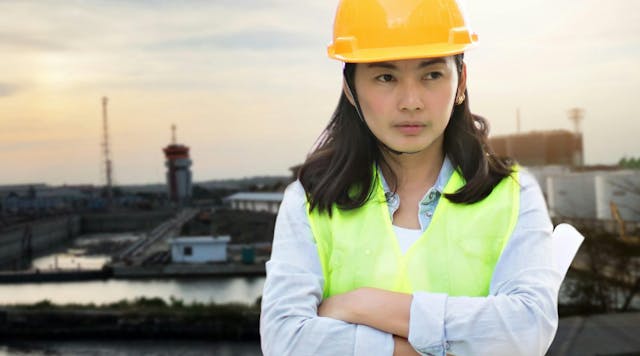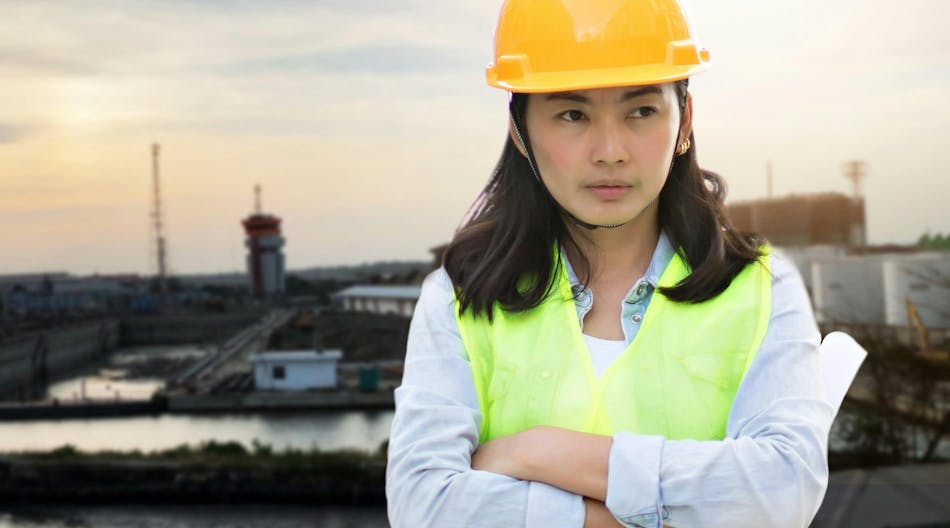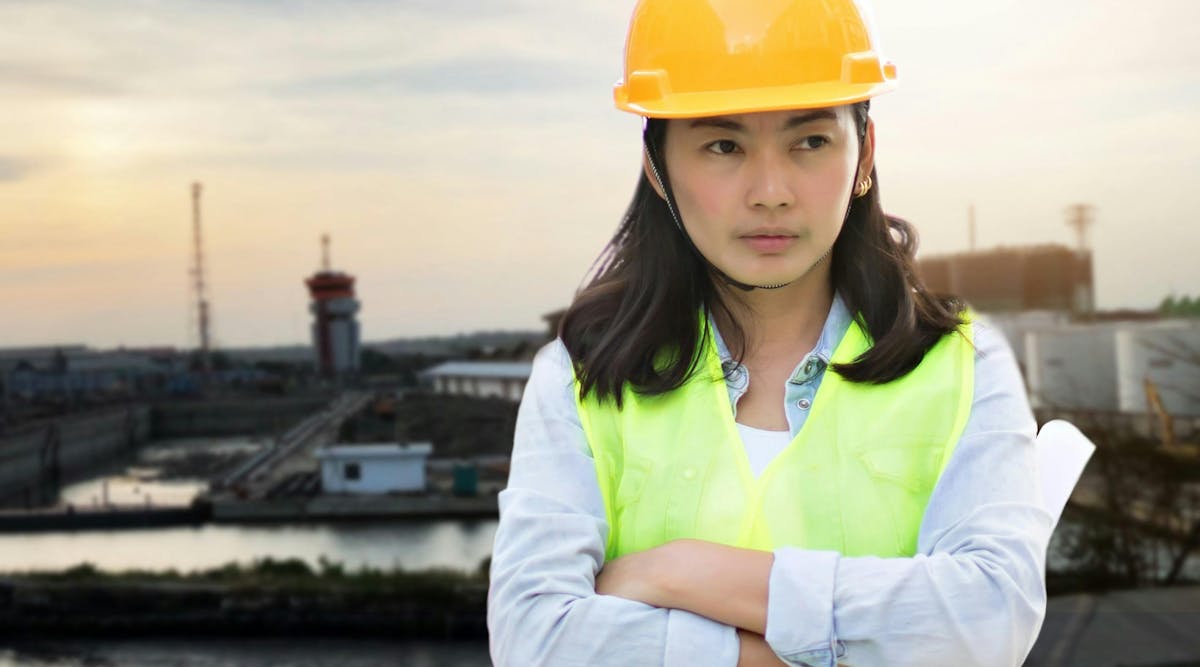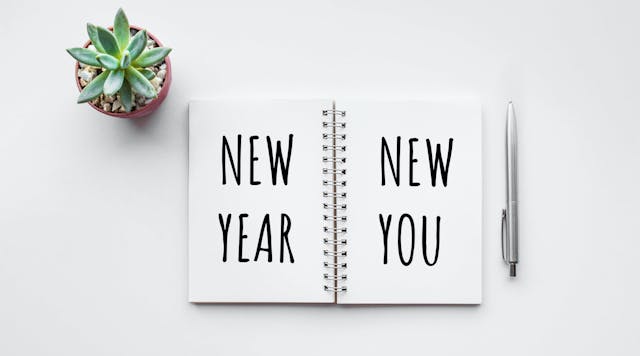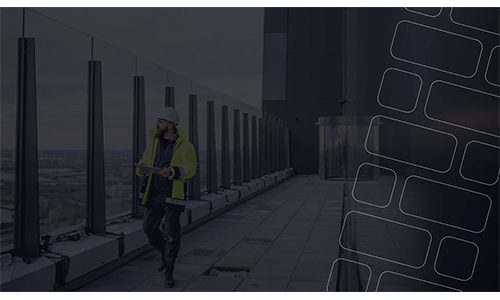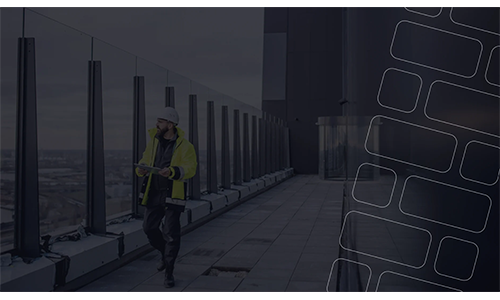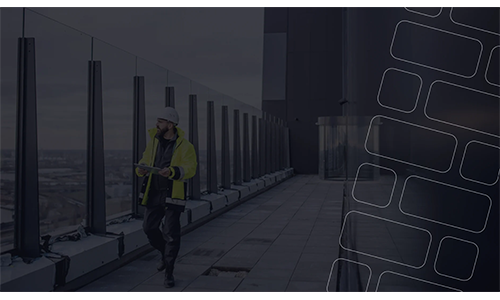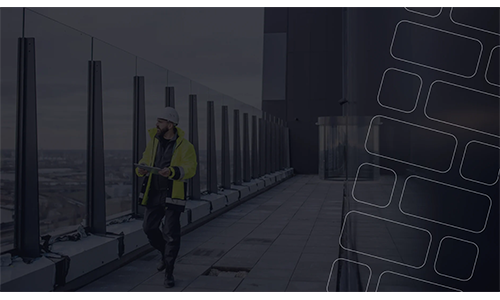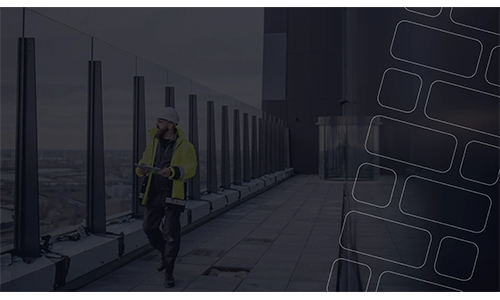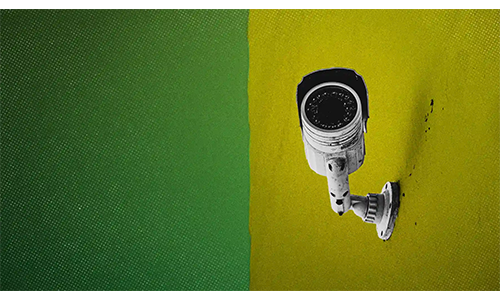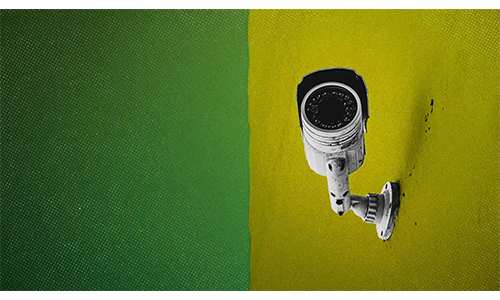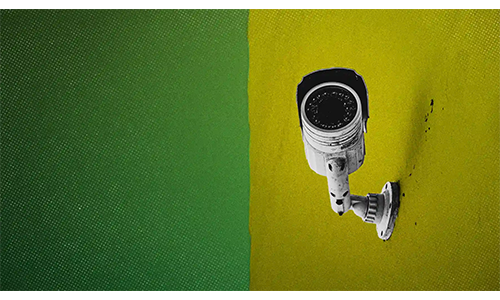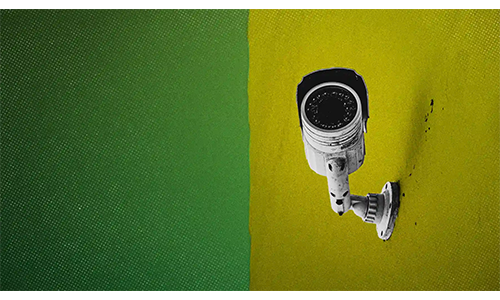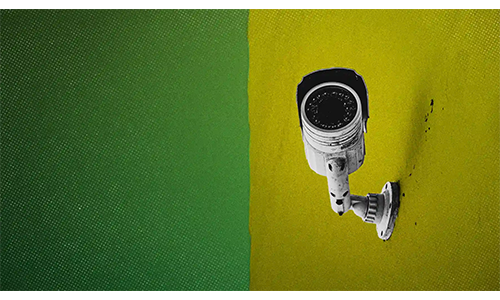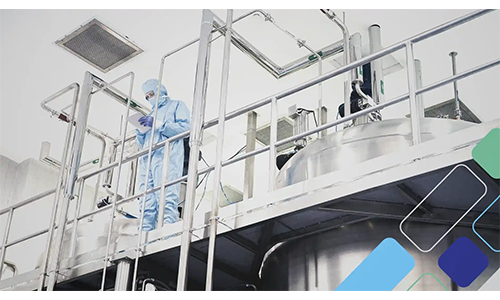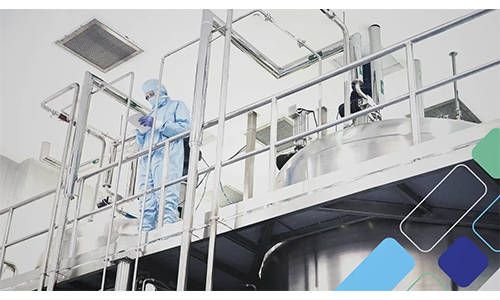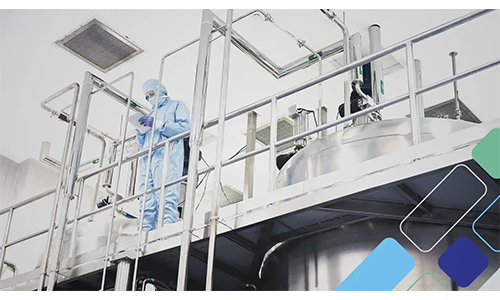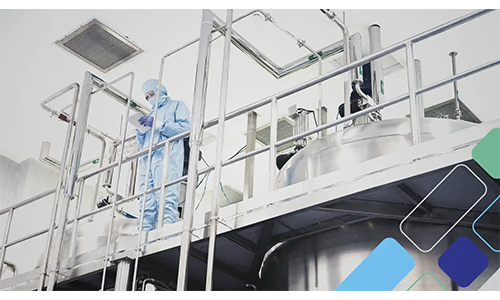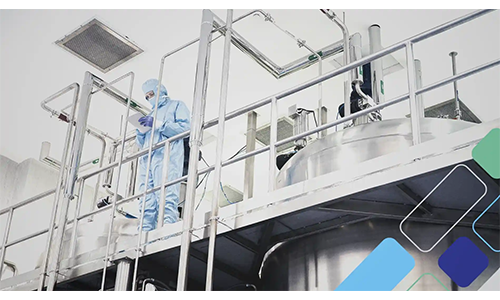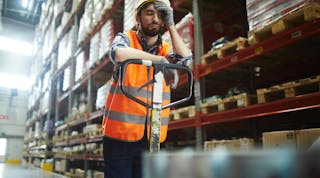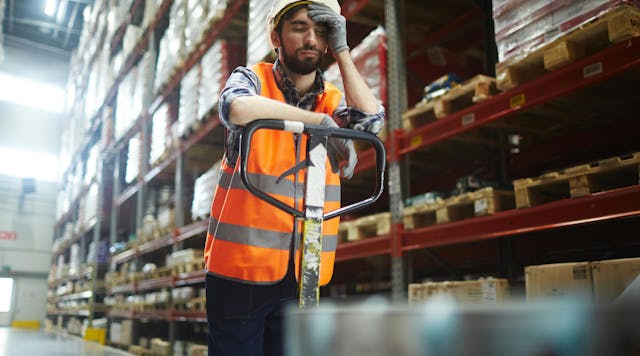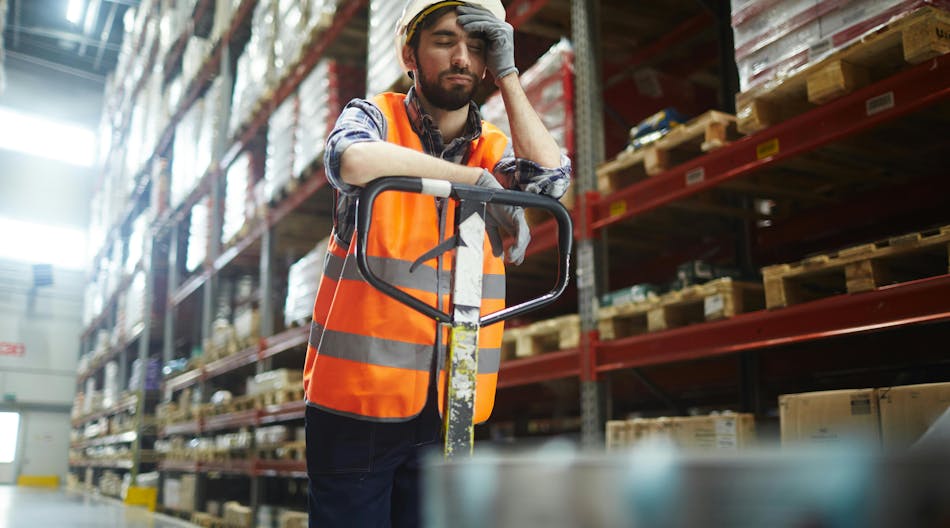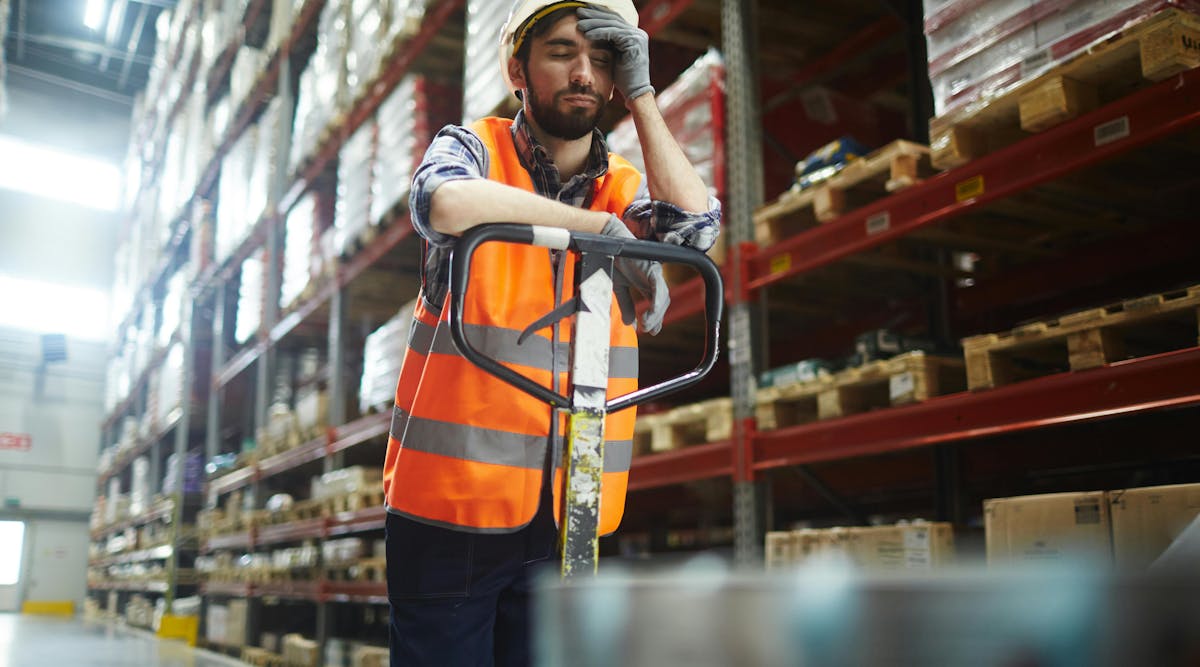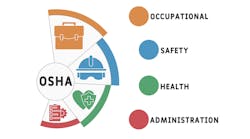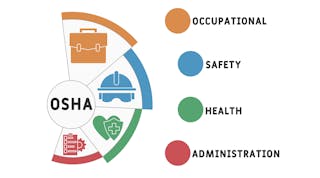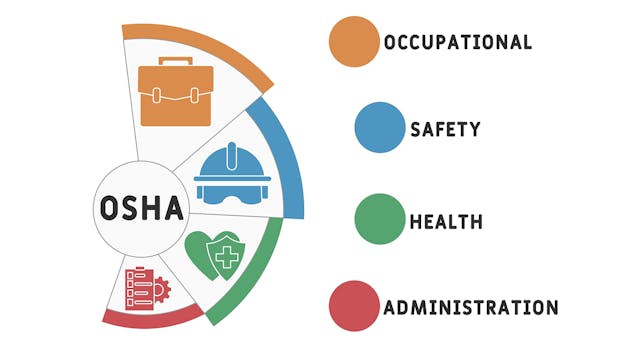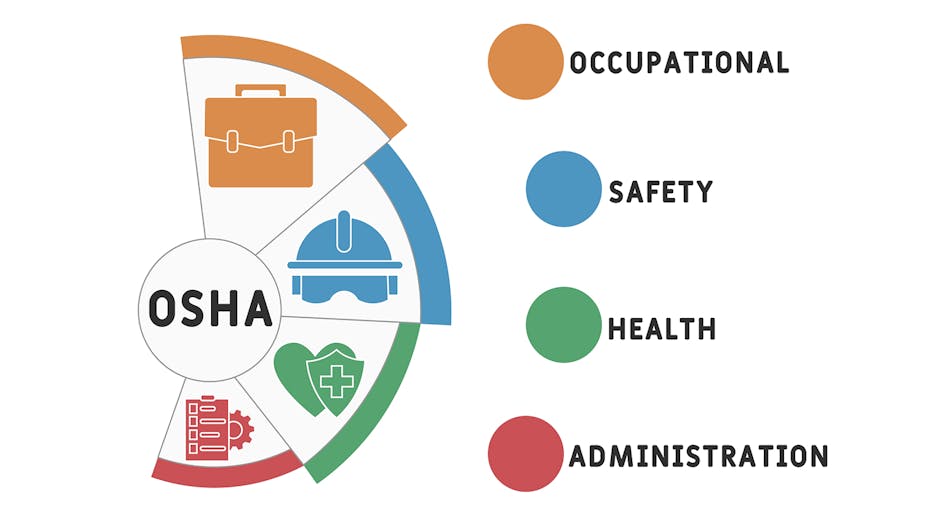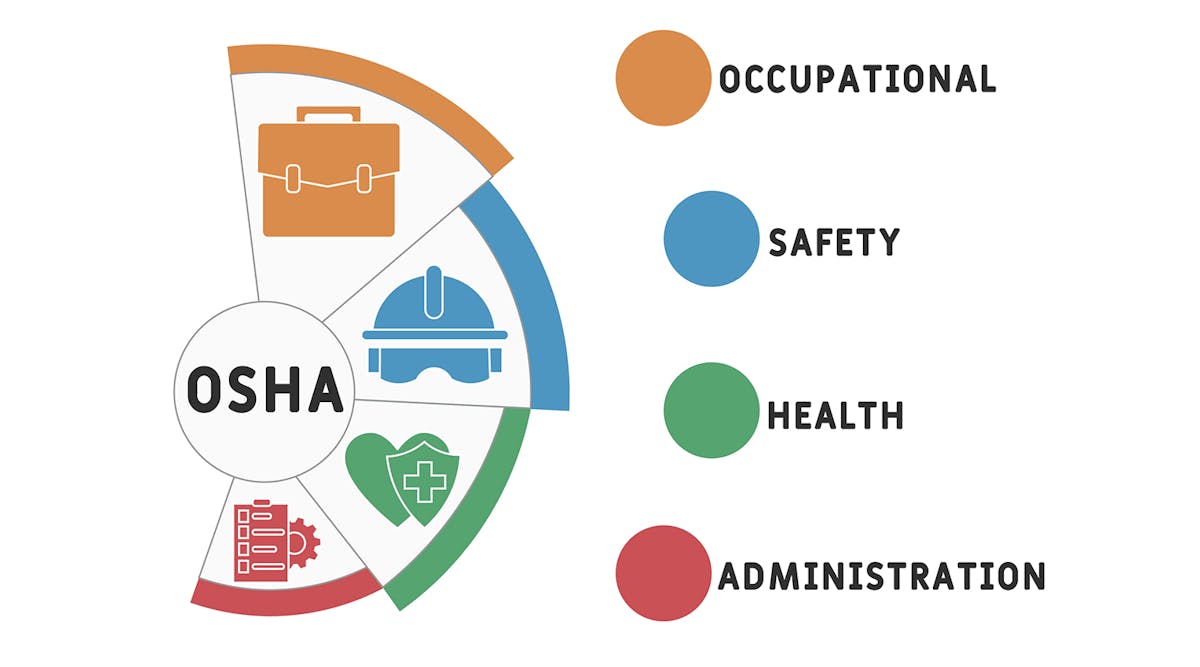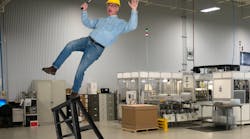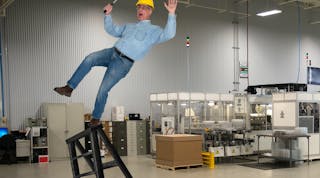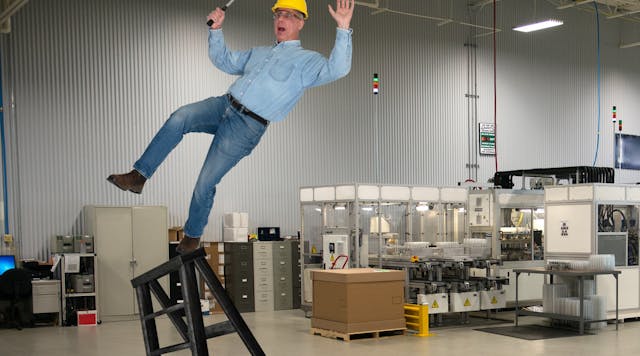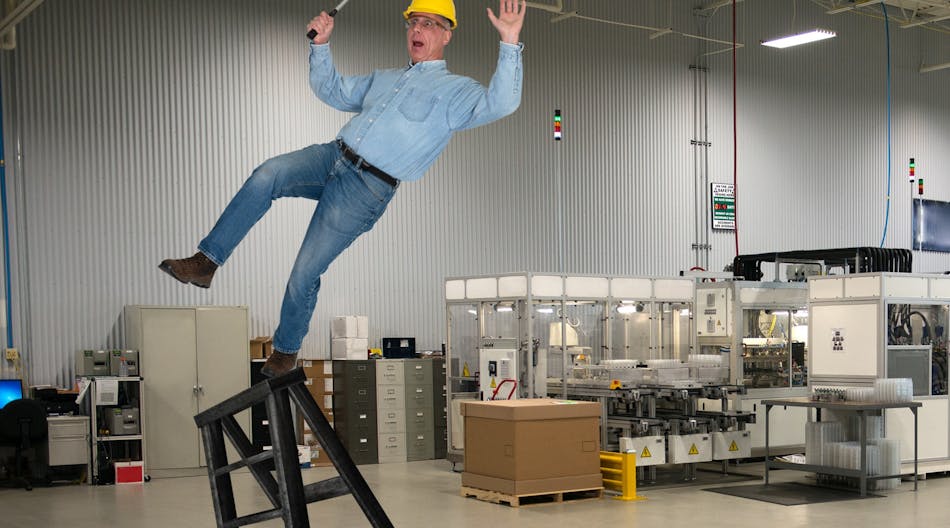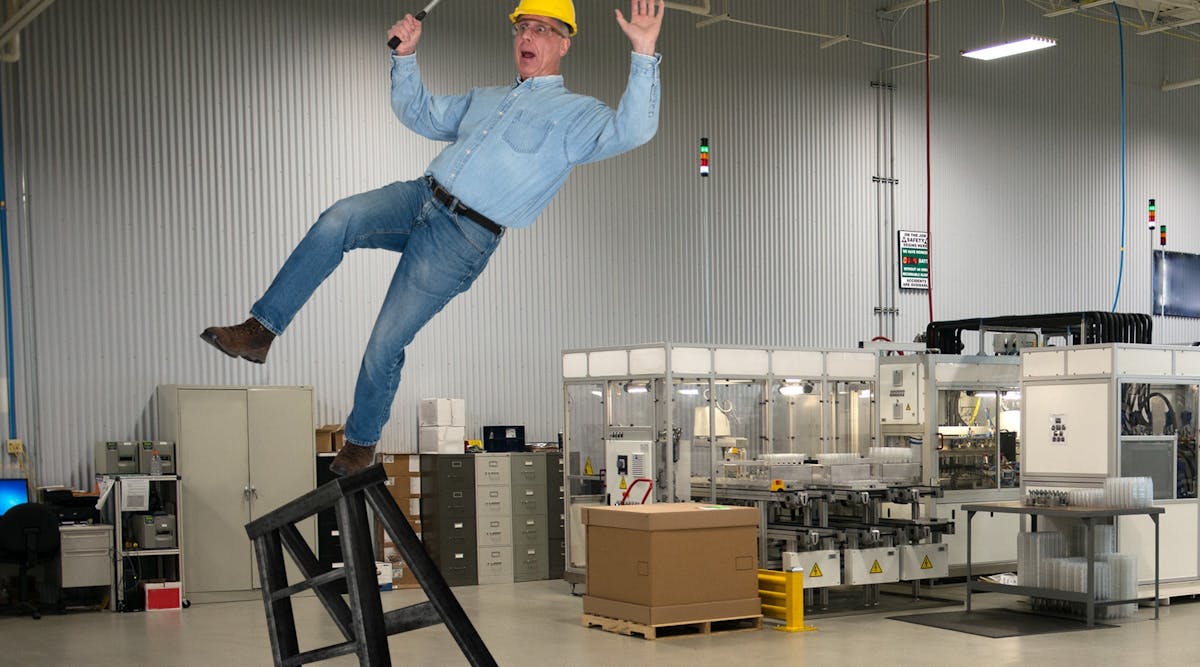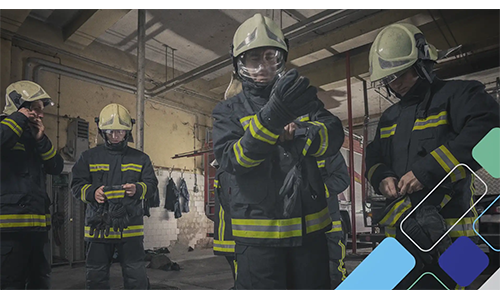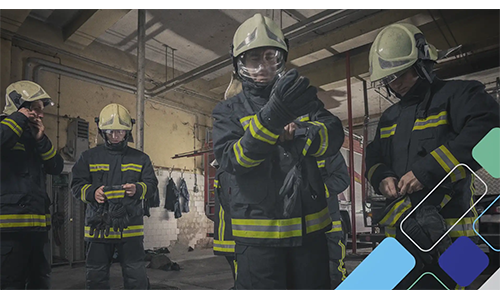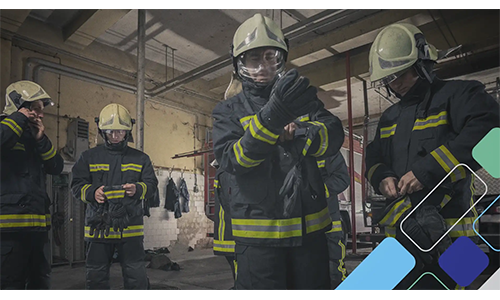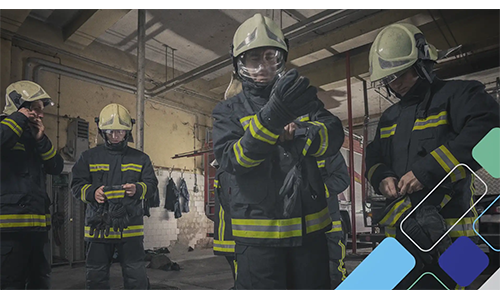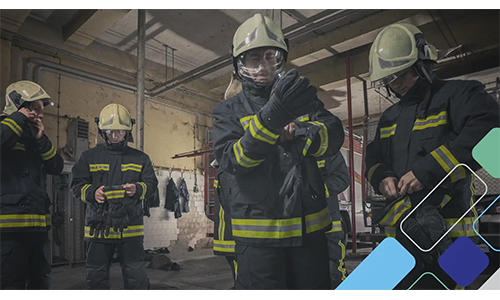Keeping women safe in the workplace can be affected by the PPE they have available to them.
To help with this the ASSP Z590.6 technical report offers guidance on how to design, manufacturer, procure and fit PPE that provides women an appropriate level of protection.
In an article on ASSP, Kathi Dobson and Abby Ferri of the Z590.6 subcommittee offered advice on a recent podcast.
Here is an excerpt from that interview,
What physical hazards can occur from ill-fitting PPE?
Dobson: It’s important that you're wearing something that doesn't look like you should be wearing a red clown nose. For example, a woman who has to wear extra-large PPE where she has to roll up the pant legs and roll up the cuffs and tape them to make the gear that she needs to do her job safely fit her.
There's a lot of loose fabric that's hanging around different parts of her body, which also makes it more of a challenge to be taken seriously and respected on the job. The OSHA report discussed issues such as women who had to stuff pairs of socks in the toes of their work boots so that the boots actually fit them.
There are also cases where women were wearing gloves so big and bulky that they could become caught in equipment with rotating parts. You shouldn't wear gloves with rotating equipment, but some companies don't understand that. They just tell workers that they have to wear the gloves. So, if you want to keep your job, you're wearing the gloves, even though you know there's an additional hazard.
What are some of the psychological and sociological impacts of ill-fitting PPE?
Ferri: The parts of the report about psychological safety and how we could quantify that and relate it back to PPE fit was a bit of a dance. But also, the data was right there in front of us that’s been there dating back to 1999.
OSHA's Women in the Construction Workplace Report talks about women having difficulty being taken seriously on their work site, advanced through their apprenticeship and given the proper workloads that they could actually handle. Part of that was ill-fitting PPE. They looked like they didn't belong.
That impact can spread to other parts of the job, to the point that some women were exiting the trades or exiting manufacturing environments that are more male populated because the gear wasn't provided for them. So, the message is that this isn't for you, and women hear that message.
That brings us to modern day, where a lot of the PPE and work apparel for women is sold directly from the business to the consumer with women buying their own PPE out of pocket. When we talk about the “pink tax,” it's not just that the gear is more expensive to the employer, but the gear is more expensive to women who choose to stay in these careers because they're buying it out of pocket. Women should not have to spend money out of their own pocket for gear that the employer should be providing them.
For the full article click here.


